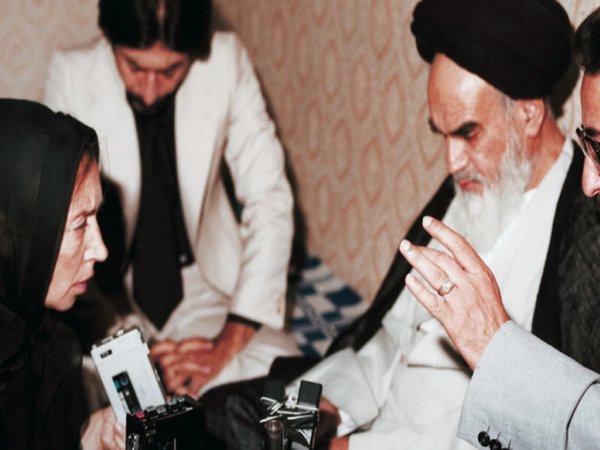Thoughtful, poignant, and unexpectedly violent, Drive stars Ryan Gosling as the unnamed ‘Driver’, a stunt driver mechanic who moonlights as the slick wheelman for robberies.
Directed by Danish director Nicolas Winding Refn, Drive begins off and racing, with an exciting high speed car chase that highlights the skill and precision of the Driver. You could be forgiven for thinking this was an action movie at this point, as it had all the hallmarks of a fast-paced thriller.
After the opening credits, underplayed with 80s-style synth music, Drive quickly flicks on the hazard lights. It becomes a strangely-paced noir movie, filled with long periods of silence punctuated with random acts of violence.
For a good fifty minutes you’ll be treated to scenes of Driver being a good neighbour to Irene (Carey Mulligan), who is raising her son alone while the father is in prison.
Eventually the action will kick it up a notch as Driver becomes embroiled in a heist gone wrong for a million dollars, but by the time it gets to this point you’re either sold on the ‘art house’ elements or looking for alternative entertainment.
The supporting cast that surround Gosling includes some of the finest that American cable television can provide, which is fortunate, as he needs all the help he can get.
Bryan Cranston, Albert Brooks and Ron Perlman help to move the plot along so that Gosling’s Driver doesn’t have to. They also, strangely enough, go out of their way to not mention his name.
It’s surprising how understated this movie can get. Drive gets by on minimal dialogue for long stretches, with Ryan Gosling probably having the least amount of lines (and facial expressions) in the entire movie. The camera will stick with a shot long after it has worn out its welcome.
Definitely a movie for the critics, Drive won Refn the Best Director Award at the 2011 Cannes Film Festival, and you can see why. Carefully framed and gritty, everything is masterfully timed and feels planned to a second.
You could be enjoying one of these frequent lulls when Drive changes quickly and snaps, in a moment, to a shockingly graphic murder that will catch your breath, and more than earn the movie its high cinema rating.
Ultimately the pacing of the movie works against it, and for an audience that is probably expecting something closer to a James Bond film, the word ‘tedious’ comes to mind.
Drive is a movie struggling to decide what it wants to be. An action flick? An art house movie? It aims for somewhere in between, and achieves neither.
Matt Smith is a Master of Global Communications student at La Trobe University, and is upstart’s co-editor. You can follow him on Twitter: @nightlightguy.






